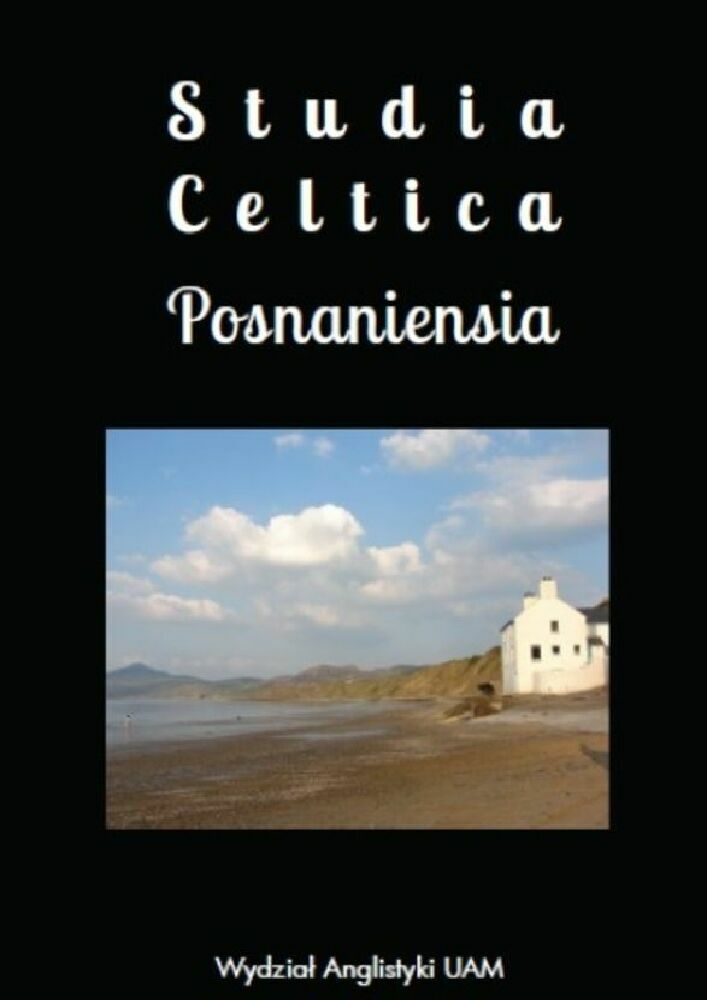Abstract
West Kerry storyteller Seán Mac Criomhthain (1873-1955) was born almost a quarter-century after the Great Irish Famine. Nevertheless, his upbringing occurred in a context which included both overt and covert references to the kinds of sectarian divisions which initially had contributed to the famine, and which later were entrenched by it. Sectarian division in the Irish context expressed itself primarily via denominational attachment, and to a lesser extent, along linguistic lines. Such divisions were explored across the country through traditional lore and through song; and in the specific repertoire of Seán Mac Criomhthain, through the medium of a mellifluous ‘brand’ of Munster Irish for which the Corca Dhuibhne peninsula has since become renowned. This article attempts to describe attitudes to sectarian division in the evidence of Mac Criomhthain’s repertoire. With extensive reference to a composition translated for the first time to English, it will be argued that concerns of immediate social pragmatism are afforded much greater importance than those of denominational or linguistic attachments.
References
Briody, M. (2007). The Irish Folklore Commission 1935-1970: History, Ideology and Methodology. Folkloristica 17: Helsinki.
Conrad, J. (1902). Heart of Darkness. Blackwood’s Magazine: London.
Connolly, S. (1982). Priests and People in Pre-famine Ireland, 1780-1845. Gill and McMillan: London.
Delaney, E. (2014). The Great Irish Famine – A History in Four Lives: Personal accounts of the Great Irish Potato Famine. Gill ---amp--- Macmillan: Dublin.
Doyle, A. (2015). A History of the Irish Language: From the Norman Invasion to Independence. Oxford University Press: Oxford.
Greene, N. (1985). Synge: A Critical Study of his plays. Macmillan: London.
Hardie, K. (1995). ‘Kilmalkedar Church, Co. Kerry’. In: The Poetry Ireland Review. 47: 5.
Henigan, J. (2015). Literacy and Orality in Eighteenth-Century Irish Song. Routledge: London.
Mac Gearailt, B. (2010). An Blas Muimhneach Iml. II. Coiscéim: Dublin.
Moffit, M. (2008). Soupers ---amp--- Jumpers: The Protestant Missions in Connemara, 1848-1937. Nonsuch: London.
Ó Dónaill, N. (1977). Foclóir Gaeilge-Béarla. An Gúm: Dublin.
Ó Dubhda, S. (1933). Duanaire Duibhneach. Clóchuallacht Fodhla: Dublin.
Ó Dubhshláine, M. (2000). An Baol Dom Tú? Muintir Chorca Dhuibhne agus an Ghaeilge 1860-1940. Conradh na Gaeilge: Dublin.
Ó Duinnín, P. (1927). Foclóir Gaedhilge agus Béarla. Comhlucht Oideachais na hÉireann: Dublin.
Ó Giolláin, D. (2000). Locating Irish Folklore: Tradition, Modernity, Identity. Cork University Press: Cork.
Ó Héalaí, P. (1977). ‘Cumhacht an tSagairt sa Bhéaloideas’. In: Léachtaí Cholm Cille. 8: 103-131.
Ó Madagáin, B. (1985). ‘Functions of Irish Song in the Nineteenth Century’. In: Béaloideas, 53, 130-216.
Uí Ógáin, R. (1997). ‘Colm Ó Caodháin and Séamus Ennis: A Conamara Singer and His Collector’. In: Béaloideas. 64/65, 279-338.
Walsh, I. (1995). ‘The Stigma of Souperism’, The Great Irish Famine, 135-154. Mercier Press: Cork.
Wolf, N. (2014). An Irish-Speaking Island: State, Religion, Community, and the Linguistic Landscape in Ireland, 1770-1870. University of Wisconsin Press: Madison.
License
Copyright (c) 2019 Seaghan Mac An tSionnaigh

This work is licensed under a Creative Commons Attribution-NonCommercial-NoDerivatives 4.0 International License.
